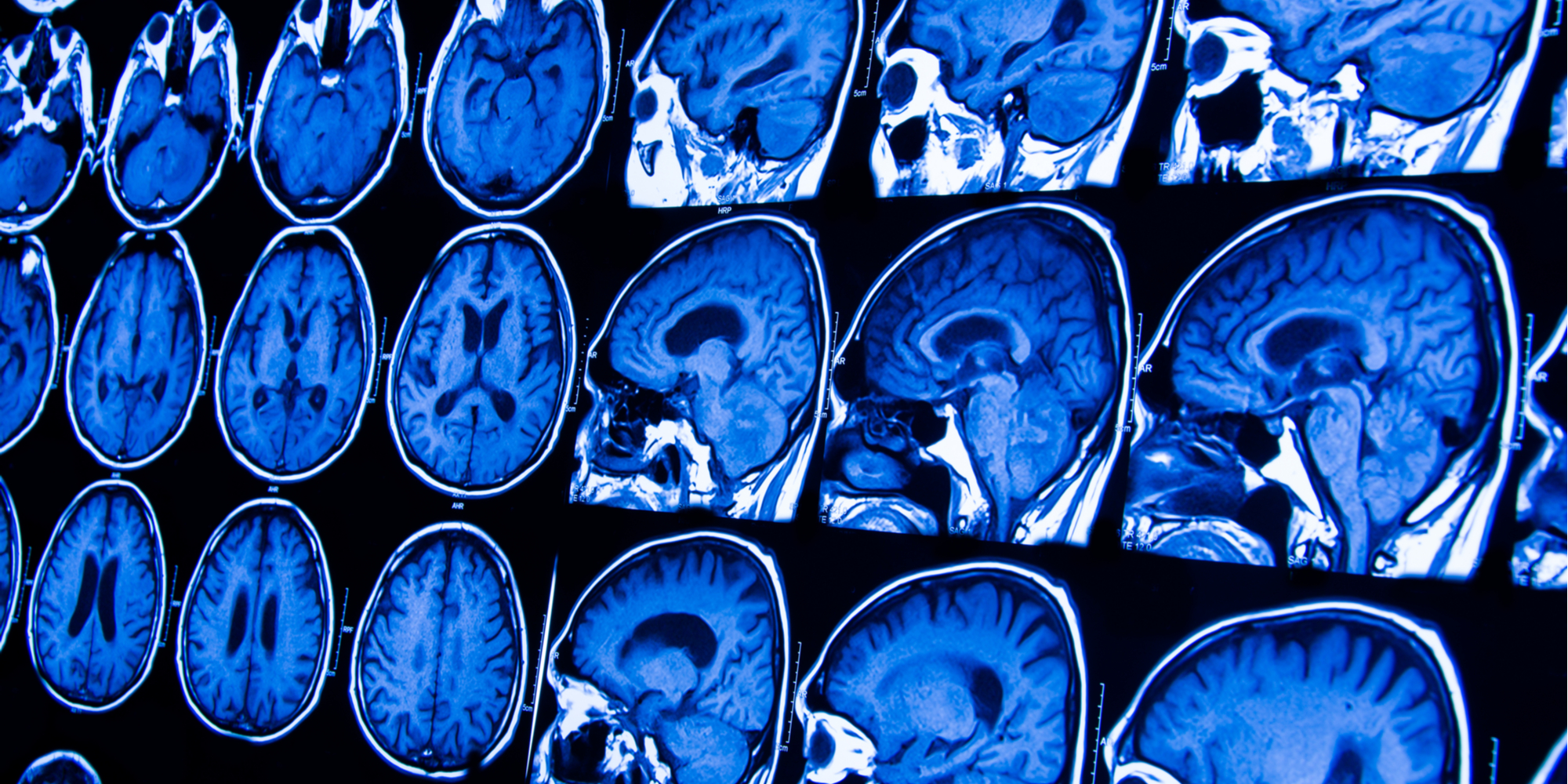Sometimes sponsors and CROs are not sure in the early stages of a trial that includes imaging whether or not they’ll need a central read. Sometimes that decision is made once the trial is already well underway, with central reads suddenly needed to generate regulatory-compliant data.
This was the case with a recent phase I/II study in solid tumours including hepatocarcinoma cancer (HCC). Phase I was already underway and phase II was due to start in 6 weeks. Images acquired during phase I needed to be centrally read within a month.
The Challenge
The Keosys team needed to carry out all of the following tasks within a month:
- Develop imaging documentation, including the Imaging Review Charter
- Develop the study platform for centralization, QC, and read of study images
- Qualify and train sites for the transfer of study images
- Select and train imaging technologists
- Select and train imaging technologists
- Collect and QC phase 1 images
- Hold a calibration meeting with sponsor and central readers
- Complete central reads of study images according to RECISTv1.1, iRECIST, and mRECIST
Below is our case study on Setting up a Project in Short Turnaround Time. You can download it here.
The Result
Keosys worked with the sponsor and CRO to deliver reading results for phase I of the study in record time. In the first week after signing the contract, imaging documentation was written and delivered. The following week, a study-specific platform with workspaces dedicated to reads according to RECIST 1.1, iRECIST, and mRECIST was developed. In parallel, imaging technologists and central readers were selected and trained. This means that within 2 weeks, the project was setup at Keosys. Central reads were then smoothly carried out within the required turnaround time.
The Takeaway
- Adding the services of an imaging core lab while a trial is already underway can create challenges impacting budget and timelines. Sponsors and CROs should reach out to imaging experts early on
- If there are uncertainties regarding the need for central reads, consider a “collect and hold” approach. Images can be centralized and reviewed for quality and completeness, but then held in that state. They are, however, read-ready if a central review proves to be necessary later on in the trial.
- Always choose to work with seasoned imaging experts like those at Keosys and know you’re working with a team that can meet the challenges of a clinical trial.


.png?width=500&name=Screenshot%20(37).png)

